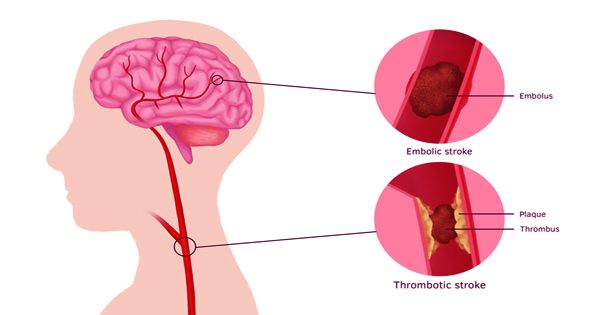With the help of a magnetic interior and a “growing” friction-reducing hydrogel, thread-like robotic bodies and the vascular structure of the brain can flow smoothly in “complex and limited” environments; describe the engineers in the Journal of Science Robotics at the Massachusetts Institute of Technology (MIT). Combined with the endovascular technologies currently in use, it can allow physicians to quickly reach the aneurysm and stroke in the brain and allow for faster healing of lesions.

Promising treatment for stroke, Robotic snake-like threads can slide through narrow blood vessels in the brain
A smart, magnetically controlled robot capable of causing cancer through some of the body’s narrowest arteries could one day help prevent the deaths associated with stroke and aneurysms.
Current treatments are minimally invasive but harsh. For blood clots in the brain, surgeons often move a thin wire through a major artery in the body with the foot or elbow, while a radiation-emitted fluoroscope takes photos and X-rays to help guide the wire to the brain. A catheter then either provides clot-reducing drugs or a device restores the clot. However, this process is taxing and requires specially trained doctors who tolerate radiation exposure over time.
“This study has shown the potential to overcome this challenge and enable surgical procedures in the brain without open surgery”. “One of the challenges of surgery is to be able to move through the complex blood vessels of the brain, which are very small in diameter, where commercial catheters cannot reach,” said Kyujin Cho, a professor of mechanical engineering at Seoul National University.
That’s where the robotic thread comes in, based on research around water- retaining hydrogels and 3D-printed materials that use magnets to crawl and jump. The hydrogel coat keeps the thread smooth and reduces friction by more than 10 times, allowing second-level magnets to allow a surgeon to conduct and conduct threading in the human body outside the home, reducing exposure to radiation from fluoroscopes. Its core is made of nickel-titanium alloy or nitinol, it is flexible yet able to return to its natural shape, allowing flexible air to be bound through tight vessels. Together the threading is several hundred micrometers below the diameter.
The authors write, “Because of their compact, self-contained equation and intuitive manipulation, our ferromagnetic soft-chain robots can pave the way for minimally invasive robotic surgery for previously accessible lesions, which may raise health challenges and concerns.” The researchers tested the technology on a life-size silicone replica of blood vessels in the brain, filled with realistic clots and aneurysms and blood-like fluids. Although promising, the trials were conducted under the eyes of an operator and were not as difficult as they were when entering the human body. Additionally, the magnetic steering was done by adjusting the position of a single permanent magnet, not in a way that could mimic those used in the operating room.















